I didn’t know it had gone until I went for a walk in Parnell Place and realised something was missing. It took a while to figure out what it was, and when I did I still hunted around for a while, thinking I’d simply remembered its location wrongly.
But no, the old pillar monument – one of the pillars that once supported the portico of Newcastle’s earlier courthouse. The old courthouse once stood on the corner of Hunter and Bolton Streets, where the grand sandstone former post office building now stands awaiting restoration. That corner was, for many long years, the nearest thing Newcastle had to a town square. Whenever some big event was shaking up the lives of the citizens, they congregated there en masse to hear the news.
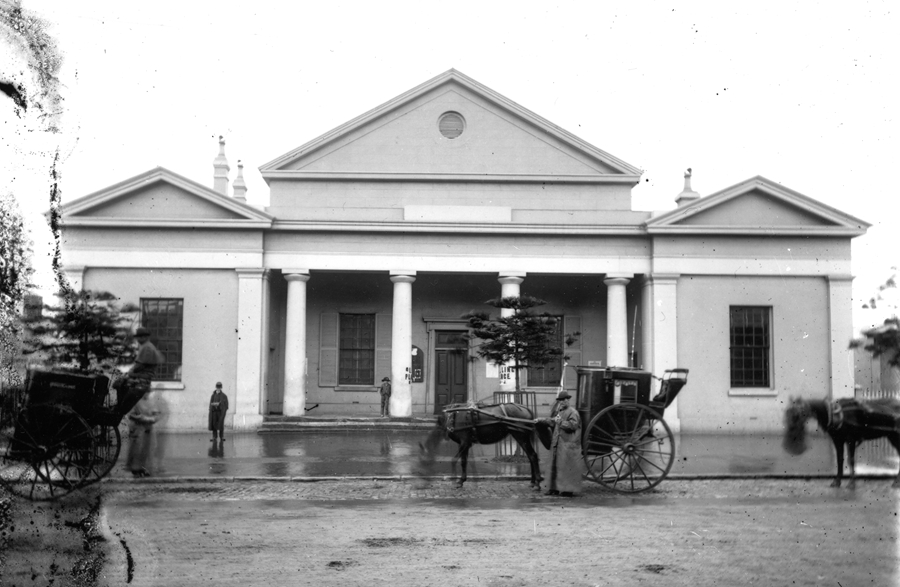
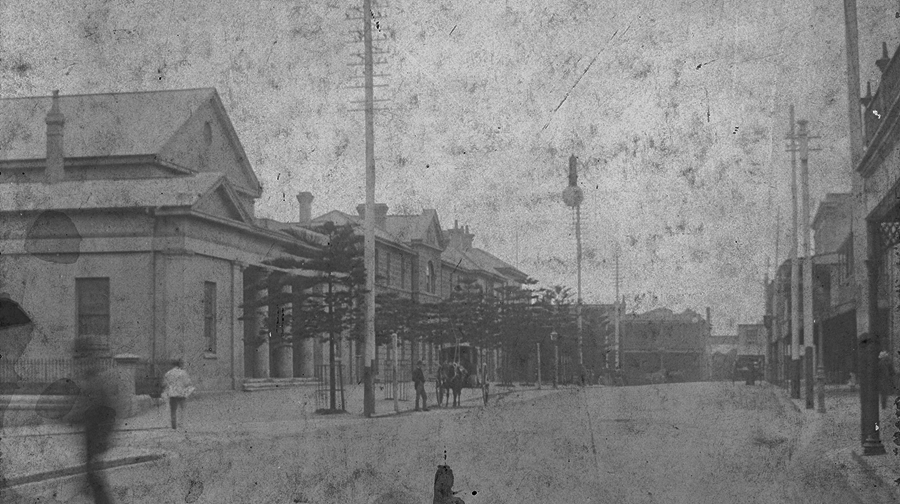
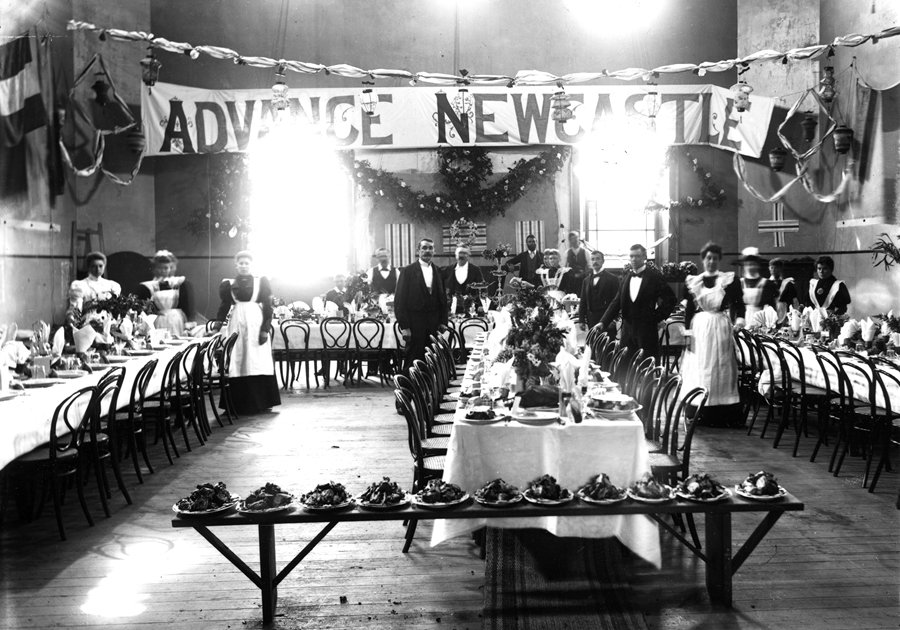
This wasn’t Newcastle’s first courthouse: that had been built in 1821 on the site now occupied by the former St Philip’s Church in Watt Street. That was a wooden, two-storey structure that also housed other government functions, so the portion reserved for the court was quickly seen as too small, leading to a new courthouse on the corner of Hunter and Bolton Streets, with land beside it reserved for a lockup and later occupied for many years by the city’s police station.
The Hunter Street courthouse, built in 1839, was for a long time the best available premises for many kinds of public meetings and dinners and the authorities generally made it available for these events. As a courthouse, though, it wasn’t regarded as ideal and pressure built for a new one, with all the usual shenanigans that have always typified Newcastle’s relationship with the colonial headquarters in Sydney. The old courthouse was cramped, its acoustics were terrible and the accommodation for court officials was dismal. Because the Newcastle courthouse lacked proper facilities, most Quarter Sessions and criminal cases had to go to the much better courthouse at Maitland. In 1890 this meant that three quarters of the cases being heard in Maitland were Newcastle matters, with witnesses, jury members and police having to travel there for days on end at heavy expense. Newcastle people lobbied for years for a better courthouse and, to quote an interesting newspaper article on the subject, were “rewarded with piecrust promises, which were forgotten as soon as uttered”.
During the incumbency of influential and hard-working Newcastle MP James Fletcher a very elaborate replacement was promised for a site in Church Street, at the top of Bolton Street, previously the location of a very deep pond. This imposing building was to have been crowned by an enormous tower – which was to have been delayed as a later stage of construction. After calling tenders, a change of government led to a far more modest proposal, leading to disgusted protests from Newcastle people who pointed out that the government was trying to fob them off with a cheaper and smaller courthouse than had been built at Goulburn, Newtown and Bathurst.
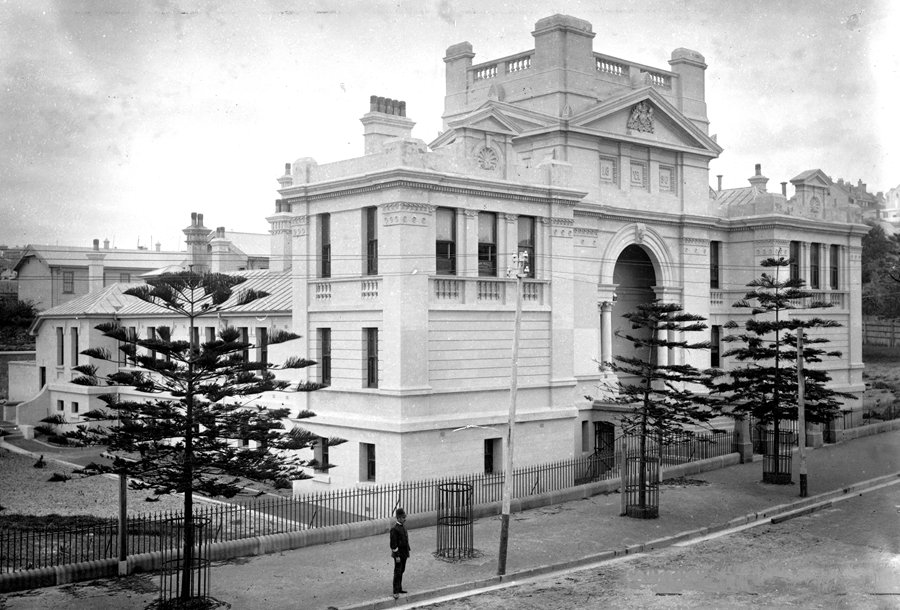
The somewhat more modest new courthouse was opened in 1892 and of course it wasn’t long before Newcastle people started complaining that it was inadequate, especially for those waiting for matters to be heard. Those people, according to press reports, mostly had to cluster on the steps and in the entrance of the building.
Meanwhile the old former courthouse building sat empty while the government tried to find a way to use the site that didn’t cost it too much money and didn’t involve giving it to the citizens of Newcastle. Newcastle people campaigned for the old building to be handed over to the city as a formal town hall, but the government couldn’t bring itself to agree. It seems the military was given use of the building at some point, as seen in the Boer War era photograph below.
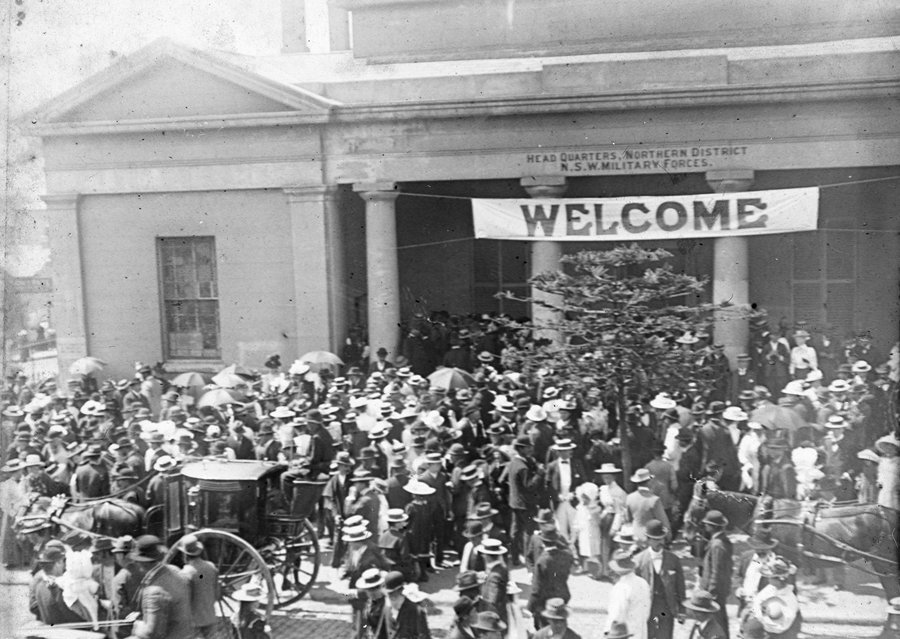
The old courthouse was demolished in 1900, amidst a wave of sentimentality and a sense of loss. (It was replaced on the site by Newcastle’s beloved post office building, later to be sold by the Howard Government and now in private hands awaiting restoration.) At the time the old courthouse was demolished the NSW government agreed to give one of the sandstone portico pillars to Newcastle Council which decided to erect it as a monument at Parnell Park. Perhaps typically, no plaque or inscription accompanied this monument, so its origin was soon forgotten. A plaque was later added and the pillar was placed under a heritage order by the NSW Planning Minister in 1981.
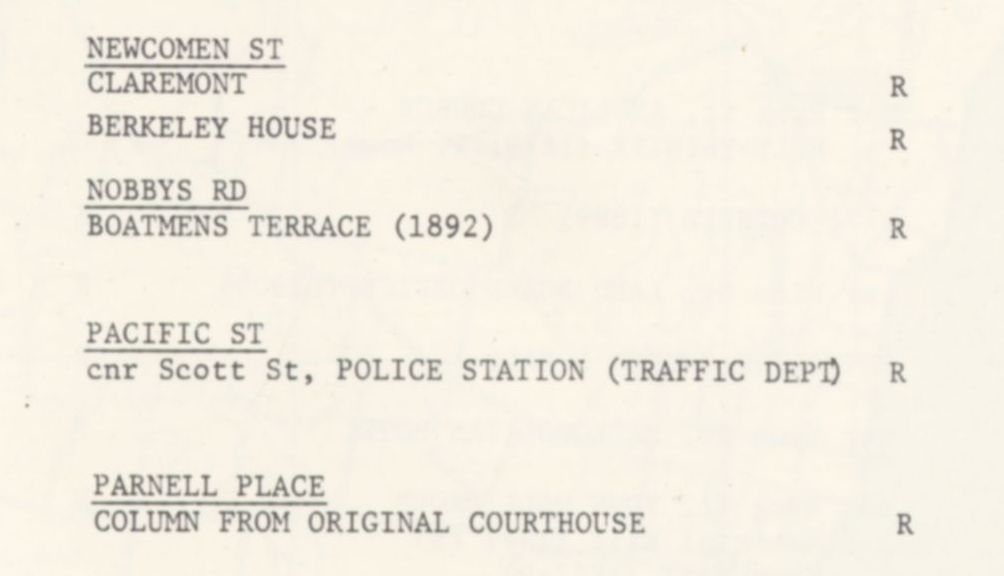
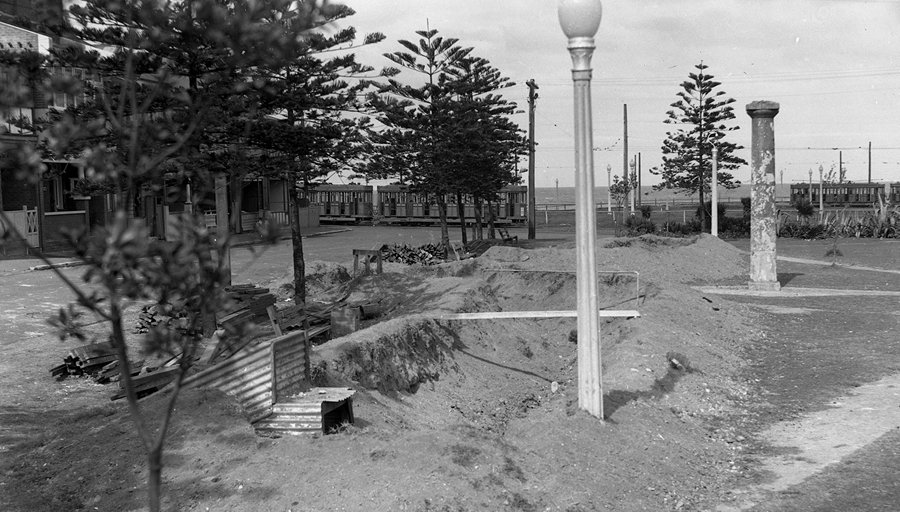
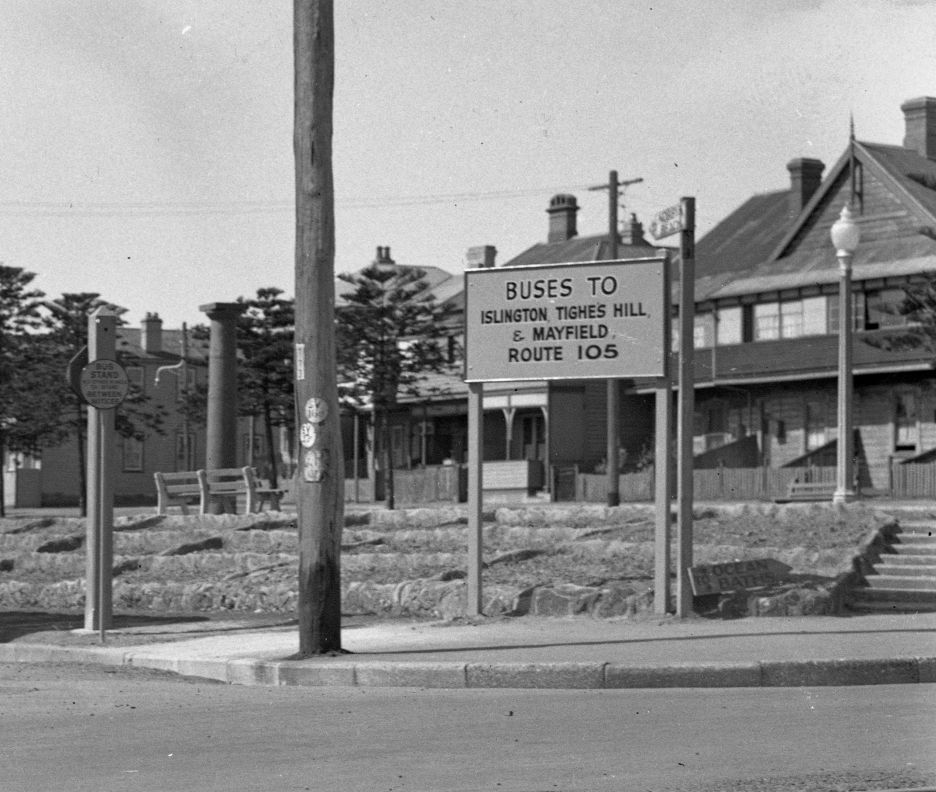
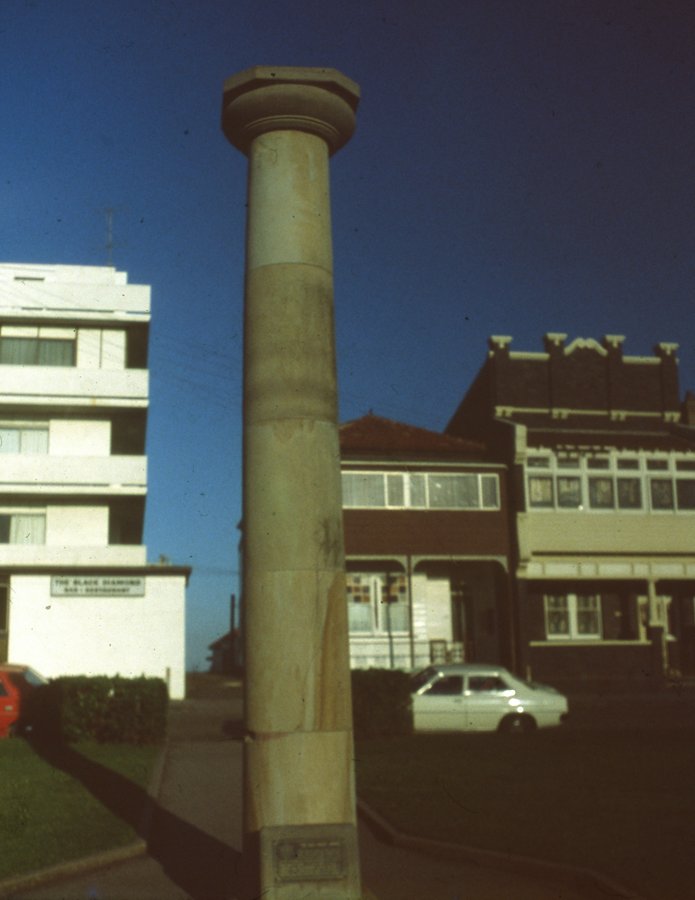
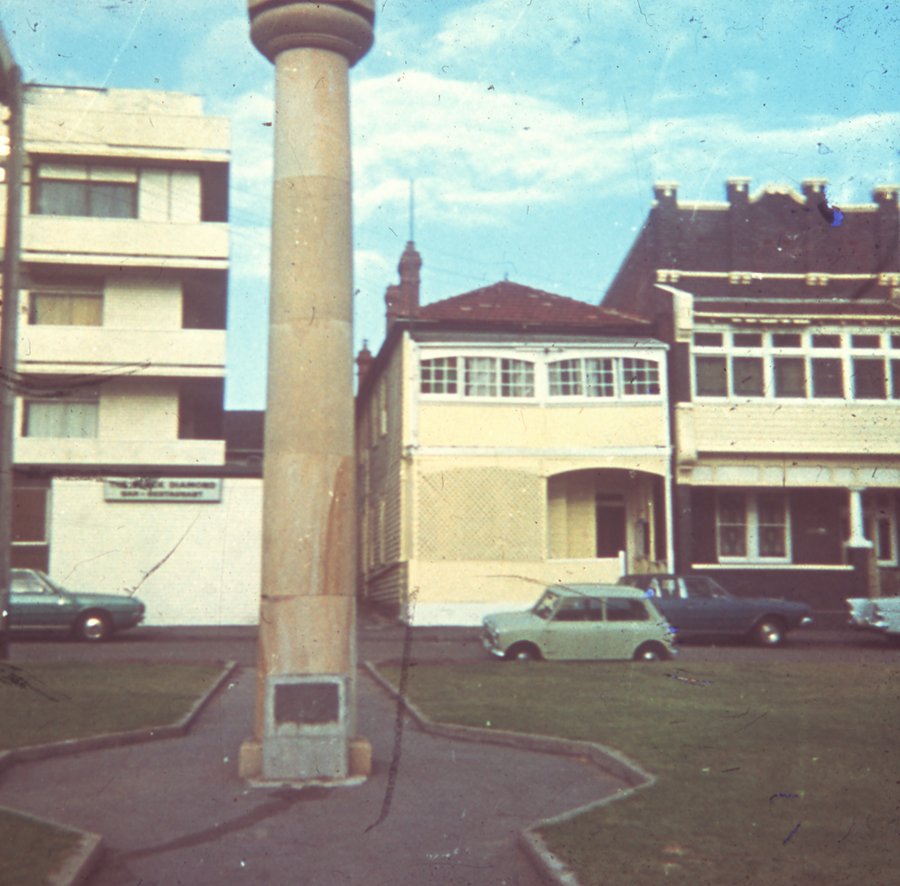
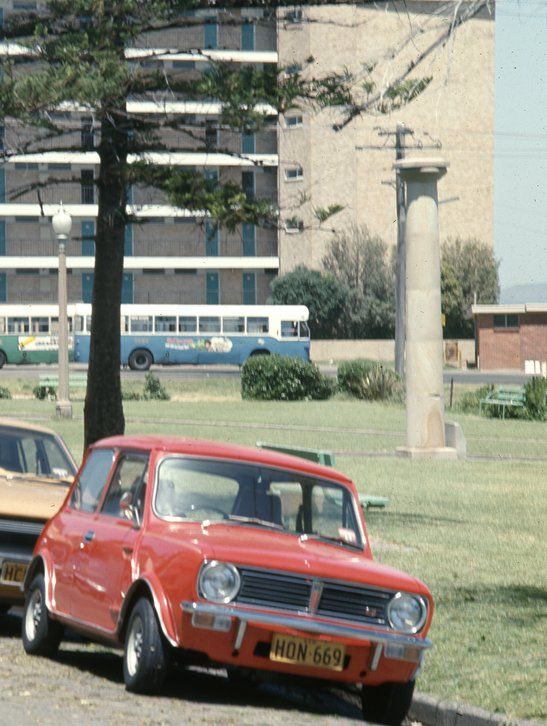
After discovering the pillar was gone I did an online search and found that the prolific Newcastle Herald scribe Mike Scanlon had noted the removal in this article. Mike observed that, for some reason, the pillar did not appear on the 2019 Newcastle East Heritage Conservation study inventory. That’s presumably because it had been dismantled and removed by Newcastle City Council in 2016, apparently due to weathering, and is now being stored by Newcastle Regional Museum.
History-minded Newcastle resident Suzanne Martin had suggested that the old pillar be put at the new law courts in Hunter Street, or even at the University of Newcastle’s law school but, sadly, nobody seemed interested in either of those good ideas.
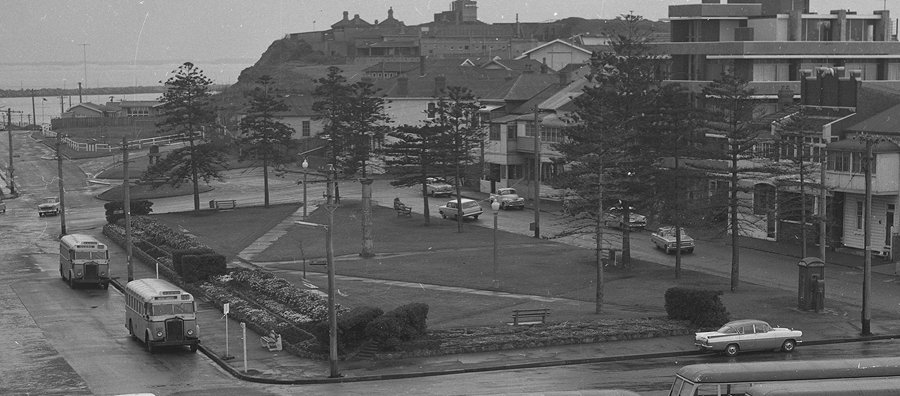
It seems that another interesting old Novocastrian monument, the city’s Jubilee coal memorial, has been placed on the spot from which the column was removed. The Jubilee monument is a frequent flyer among local memorials, having been shifted from its original location in Hunter Street Extended near Newcastle Hospital in 1922, apparently to make way for electric trams, then from its next location in Parnell Place to make way for the controversial Supercars race. When the coal monument was removed for the car race some residents asked about its absence and the council promised it was being restored and would be reinstated out of harm’s way. It took about a year, but it did return as promised.
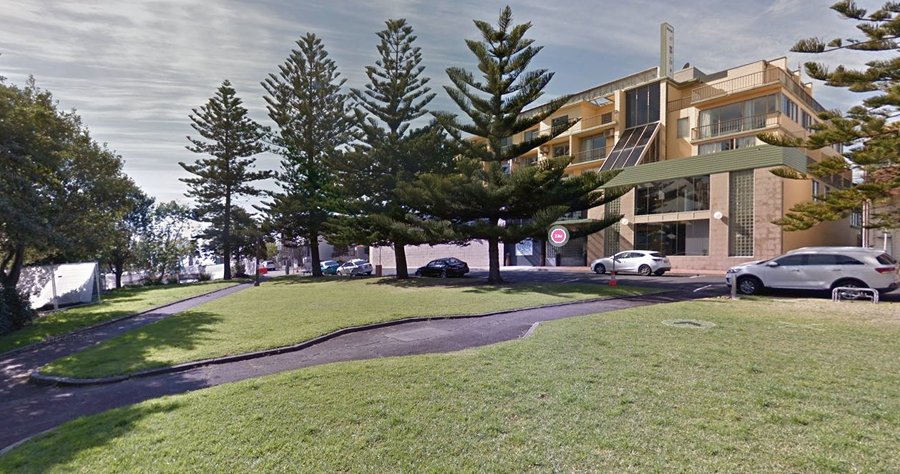
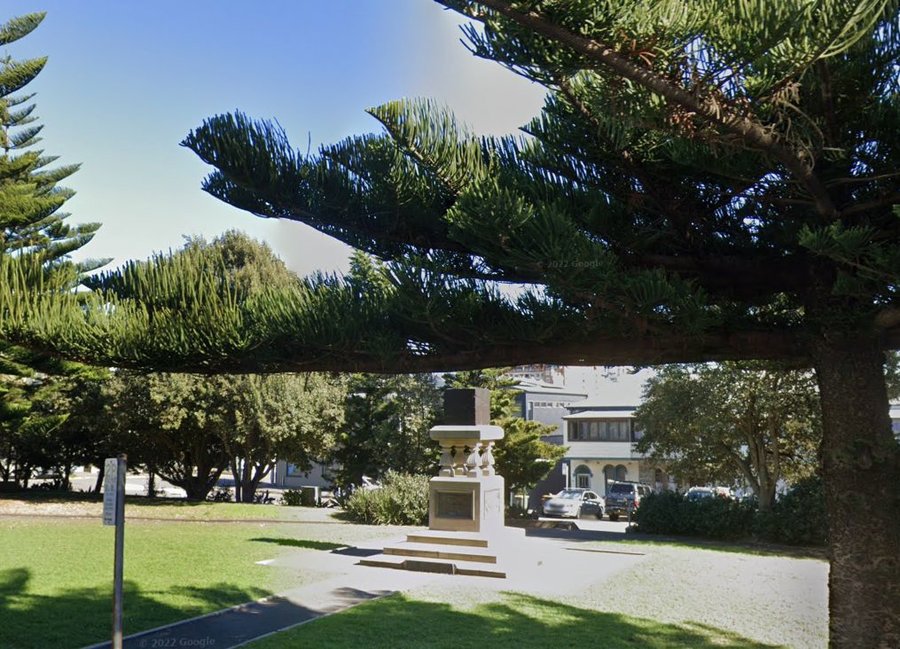

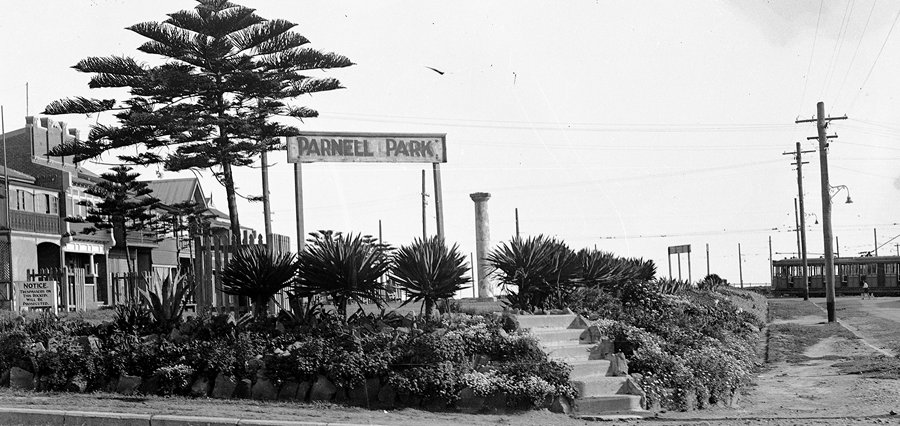
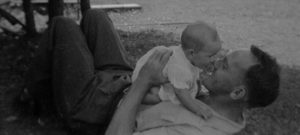
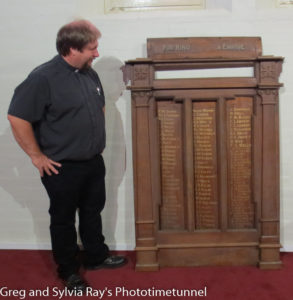
I seem to remember reading in old Arthur Mees encycloedias (British) that this was the only monument to coal in the world. Could this be true?
Michael O’Brien
I’ve heard the same thing, but can’t vouch for it. I was always taught to avoid saying anything was the biggest, or the only, or the smallest, or the best unless that was absolutely 100 per cent certain, which of course it hardly ever is. G
Nothing to do with Arthur Mee or coal.
Excellent article on the 1830s courthouse and column. The column was removed due to deterioration as a result of its long exposure to salt in its location in Parnell Place. There was a proposal to have it installed in the lobby of the multistory court building on Hunter Street, but this was not acceptable to the NSW Attorney General. I believe the column remains in storage with Newcastle City Council. Will it eventually disappear due to a lack of knowledge as per the 1936 Story of a Monument article?
The second location of the Coal Monument (Newcastle Jubilee) was on a raised roundabout at the end of Stevenson Place and the wider Parnell Place road intersection. The park was later extended to incorporate the roundabout into the extended park. The relocation into the park selected the former site of the courthouse column as the best site given the column was not returning to the park. The Parnell Place roadway was widened for the Supercars.